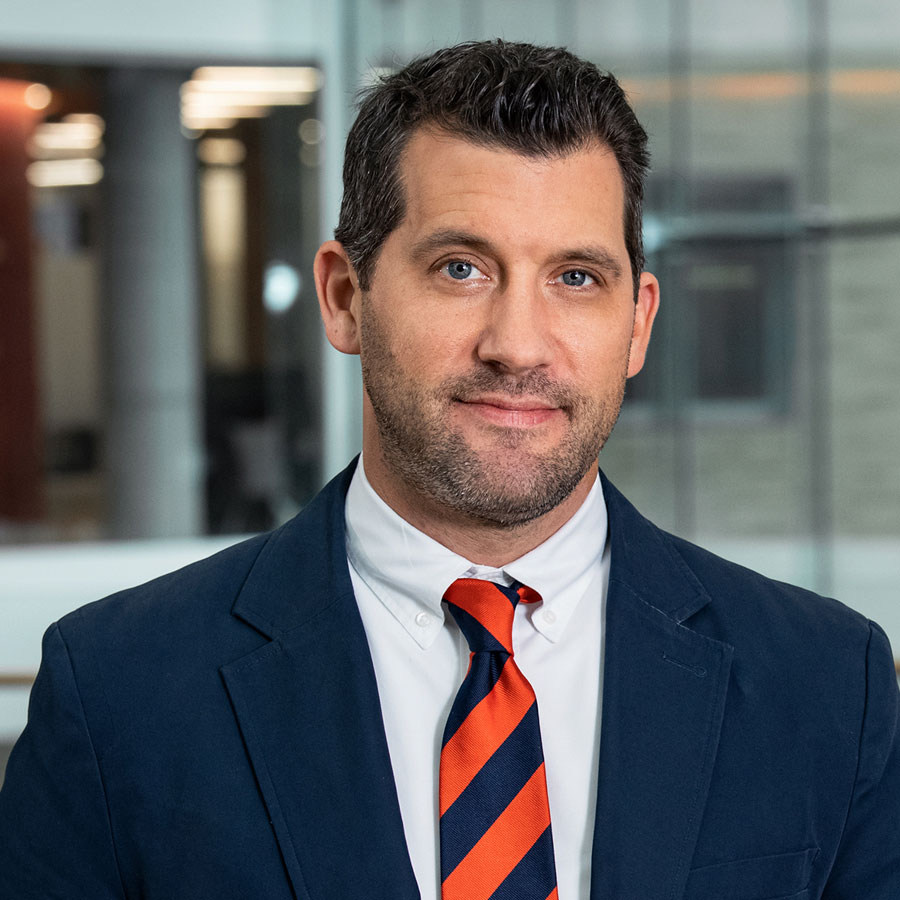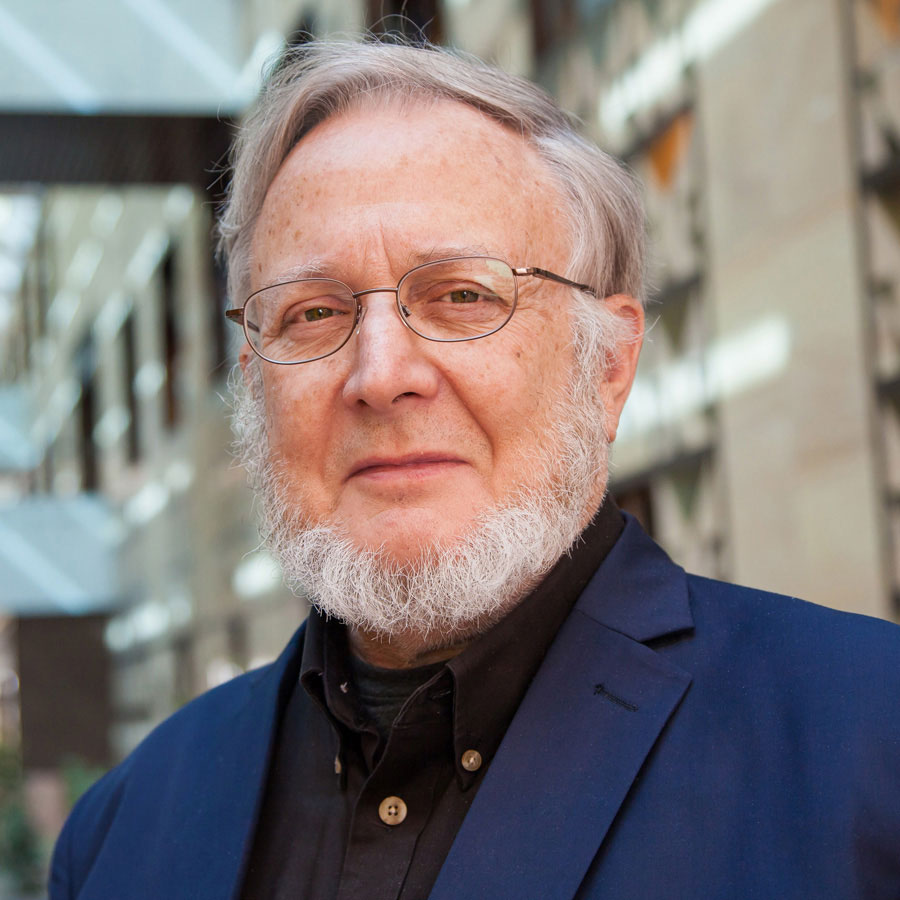Tepper COVID-19 Research
Tepper Economist Among Experts Assessing When to Re-Open PA
Laurence Ales, Associate Professor of Economics
A CMU dashboard helps inform state decision-makers during the pandemic. The model will compile data to better understand areas' public health, economic status.
Expected Health Effects of Reduced Air Pollution from COVID-19 Social Distancing
Nick Muller, Lester and Judith Lave Professor of Economics, Engineering, and Public Policy
This paper examines the impact that these actions had on emissions and expected health effects through reduced personal vehicle travel and electricity consumption.
Impact of COVID-19 on Manufacturing and Supply Networks — The Case for AI-Inspired Digital Transformation
Sridhar Tayur, Ford Distinguished Research Chair; University Professor of Operations Management
In this article, we make the case that digital technology and AI can mitigate the adversities and strengthen the resiliency and preparedness of manufacturing and supply networks in the future.
Social and Economic Distancing
Selman Erol, Assistant Professor of Economics
In this paper we model how individuals react to social distancing guidelines by changing their network of economic relations, affecting total output, wealth inequality, and long-term growth.
How Firms Can Use Behavioral Science to Help Consumers During the COVID-19 Crisis
Jeff Galak, Associate Professor of Marketing
We offer a behavioral science perspective and corresponding recommendations on how firms can better respond to consumers in contexts marked by uncertainty, isolation, and excess information.
HEC Paris: A Tale of Two Crises: COVID-19 (2020) and the Mortgage Meltdown (2008)
Chester S. Spatt, Pamela R. and Kenneth B. Dunn Professor of Finance
Self-contained Negative Pressure Respiratory Apparatus
William Kaigler, Assistant Teaching Professor of Entrepreneurship
As seen in our neighboring nations, the potential of the catastrophic collapse of health care resources is a major risk. In efforts to mitigate these concerns, we must continue to be innovative. The self-contained negative pressure apparatus that we have created is a first step in doing just that.
Equitable Preposition and Allocation of Scarce Medical Resources
John Hooker, T. Jerome Holleran Professor of Business Ethics and Social Responsibility; University Professor of Operations Research, Emeritus
This work is based partly on my research with H. P. Williams of London School of Economics on balancing equity and efficiency. It was inspired by resource allocation dilemmas in the UK’s National Health Service.
Medical and Economic Contagion, Interconnectedness and Network Theory
Chester S. Spatt, Pamela R. and Kenneth B. Dunn Professor of Finance; Burton Hollifield, PNC Professor of Finance; Professor of Financial Economics; Associate Dean, Undergraduate Programs
Vaccination Intervention Strategies for Pandemics
Benjamin Moseley, Carnegie Bosch Associate Professor of Operations Research
This project will investigate vaccination strategies: who, where, and when to vaccinate in order to maximize public health under limited resources. The target is to discover novel strategies that are superior to those currently known in theory and experimentation.










